AI Course Creator
The AI Course Creator generates both the learning pathway and the content.
The learning pathway outlines the topic and breaks it into manageable, progressive modules that learners follow step-by-step
This enables the creation of a complete course on any topic in a fraction of the time typically required.
Experts can edit the material if it doesn’t meet their expectations.
The options for editing the content
They can adapt it to their needs by adding extra elements and other enhancements.
Generating video for the course with AI
Integrating video content options
During the editing process, additional prompts are used to quickly create more detailed course content.
Advanced filtering helps prevent harmful or inappropriate content generation, ensuring safety and compliance.
The system allows elearning experts to highlight specific text elements for editing, after which a button appears. Upon clicking it, the AI begins corrections.
Since this is not just an integration with ChatGPT but a full-fledged eLearning platform, course enhancements go beyond text. Experts can add unique workflows, gamification elements with badges, leaderboards, and much more.
AI Quiz Generator
When the content is ready, the course author can automatically generate exam questions. Quiz generation is even possible from uploaded videos.
You can choose the content for the quiz
The system creates quizzes based on Multiple choice, Multiple answers, True or False
Or based on Matching types of questions
Before publishing the quiz, it is possible to review their quality, make necessary edits, and ensure their accuracy.
Afterward, a "Quiz" element can be added to any page of the course. The previously created quiz can be selected and used as a final exam to assess learners' knowledge.
Skills Matrix
The matrix is a database containing the required skill levels. The system compares a learner's current level of competency with the data within this database. It highlights any gaps that currently exist and need to be addressed through further training, which can be provided within the same eLearning system. This preliminary assessment is necessary to provide a personalized learning path, which is more effective compared to generalized approaches. For that, the LXP offers them a series of questions (it can be AI-based assessment or a test made by educators).
The dashboard shows what set of skills a Junior designer needs to master. When the employee opens a skill, for example, IOS, they can see which competencies it requires. Only after mastering these competencies, an employee will close a skill gap in Mobile Design and can claim to be promoted
Personalized learning paths for faster knowledge acquisition
The LXP builds personalized learning paths. It's a plan where the starting point is the current level of a learner and the endpoint is their final goal. If a learner masters a certain skill, they won't be forced to pass a course again. Individual learning paths increase learners' motivation and save time for training other in-demand skills.
The dashboard of the learning experiene platform illustrates an example of individual learning paths with both internal content (uploaded pptx files) and external content (articles from 3rd-party sources, Udemy course)
Features to track the learning process and results in real time
Each learner gets a personal learning profile to monitor mastered skills, learning goals, courses in progress, and other key learning data. When a learner is passing their own learning, they, their mentors, and L&D managers can see the current progress in this profile.
There is also an in-built Scheduler that reminds about deadlines and events, giving learners an incentive to continue and complete a course on time.
After completing a course and mastering a skill on such learning platforms, learners pass an assessment to confirm their knowledge: a certified exam, self-assessment, or assessment by a mentor.
A personal profile in the learning management system, where a learner can track their current progress, see all the actual courses with deadlines, progress status, received certificates, and other details of the learning experience
The scheduler with upcoming deadlines and events in the custom learning experience platform. By clicking on each of them, a learner can see details (such as current progress and success criteria) and can resume an online course in one click
Features to increase engagement and knowledge adoption
Gamification
The Learning Experience Platform (LXP) can incorporate Gamification elements, like awarding badges, to make learning more engaging and fun. These badges can serve multiple purposes. They not only recognize the completion of a task or attainment of a milestone, but also motivate learners to aim for more. The badges become a visual testament to a learner's journey, skills acquired, and their progress. It can even trigger a healthy competitive spirit among learners. As the badge system gets more sophisticated in a learning experience platform, it can be tied to tangible benefits like career advancement, rewards, and recognition, thereby making the learning experience more gratifying.
A personal profile in the LXP where the number of earned badges is highlighted
Mentoring
In new learning platforms, mentoring as a part of a social learning technique is a significant aspect that's being digitized and incorporated seamlessly. Mentors, typically experienced colleagues, are integrated into such learning management systems to provide guidance, share knowledge, and offer advice to less experienced individuals. Such social learning facilitates the transfer of tacit knowledge that otherwise wouldn't be available through a standardized learning solution. It also helps build a culture of collaboration and continuous learning within the organization. Additionally, learning experience platforms could use algorithms to pair mentors and mentees based on their skills, interests, and learning goals, thereby ensuring a more beneficial and tailored mentoring experience.
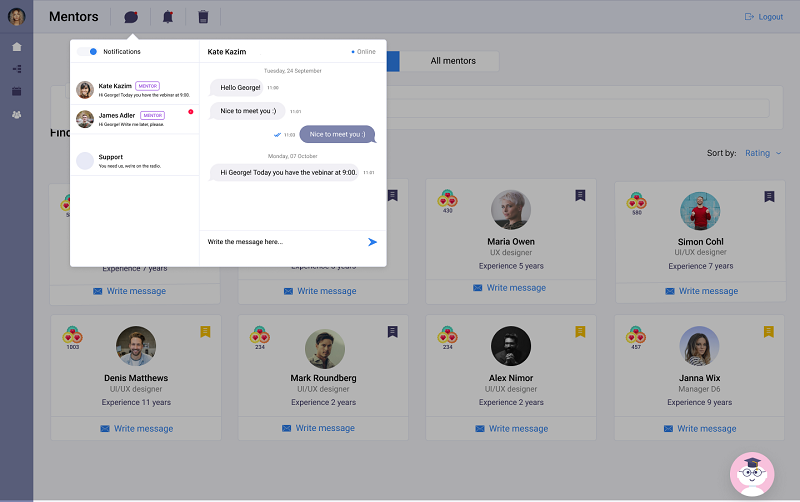
An example of mentoring as a social learning LXP feature, when an employee can choose a more experienced colleague to talk to or when an assigned mentor writes to an employee inquiring about their progress in the learning process
Chatbot
The learning experience platform (LXP) utilizes a chatbot driven by Artificial Intelligence to provide immediate help to learners when needed, including answering FAQs, clarifying doubts, and even offering personalized suggestions during onboarding or learning. This enhances the learning experience by providing instant support and feedback, thereby making learning more accessible and efficient. The use of chatbots based on Artificial Intelligence also allows for a more personalized learning journey, as they can adapt to each individual's pace and style of learning.
The chatbot appears in the LXP to remind learners about an unfinished course, encouraging them to complete it, closing knowledge gaps
Personal Content Recommendation
Personalization in content creation and delivery is a key aspect where the learning experience platform (LXP) is making strides. By leveraging machine learning algorithms, these learning platforms can analyze a user's past choices, performance, and preferences to recommend relevant training content. Such data-driven learning ensures that the learners are always presented with training materials that are interesting, engaging, and useful to their career growth. It saves them the time and effort of sifting through irrelevant content. Over time, as the system gains more insight into a user's behavior, the recommendations become more accurate, thereby facilitating a more targeted and efficient corporate learning process.
The LXP uses machine learning to ask a learner to define their interests, current level, and goals to provide training recommendations based on personal interests



















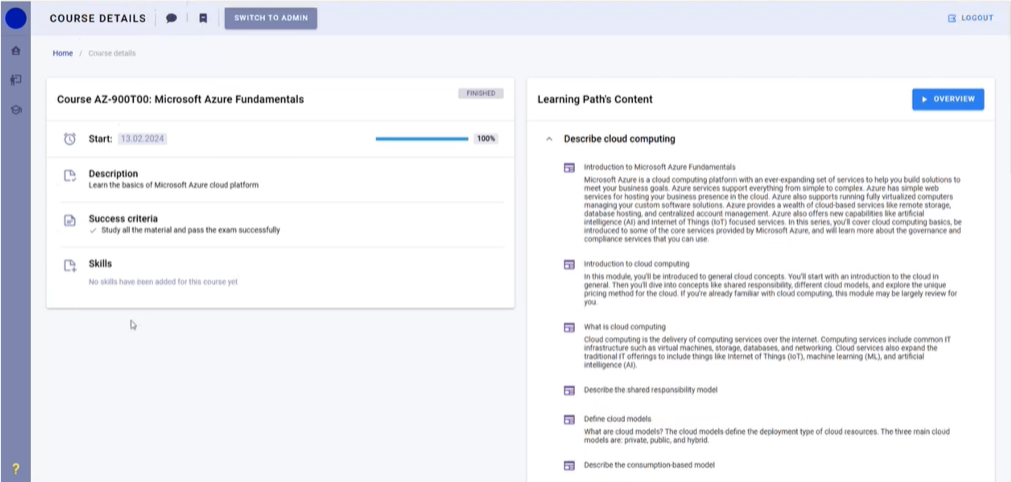
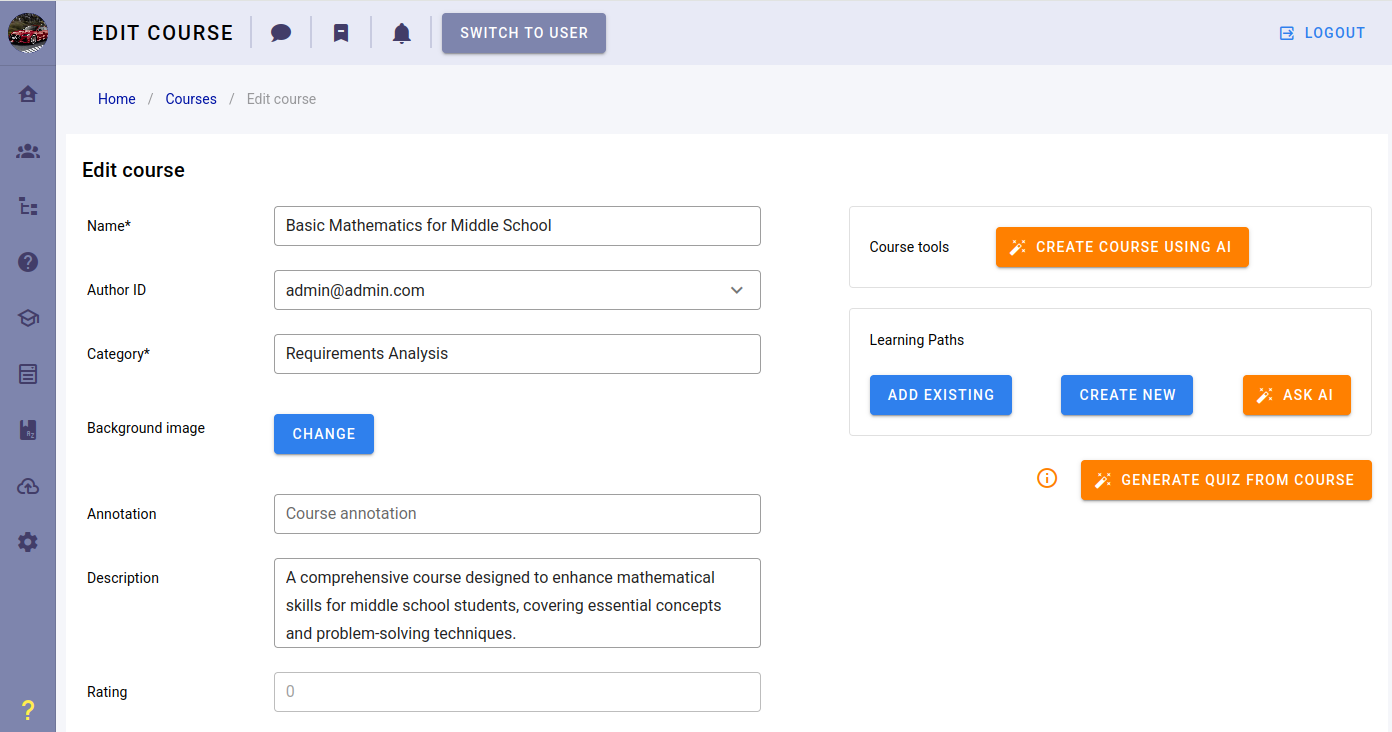
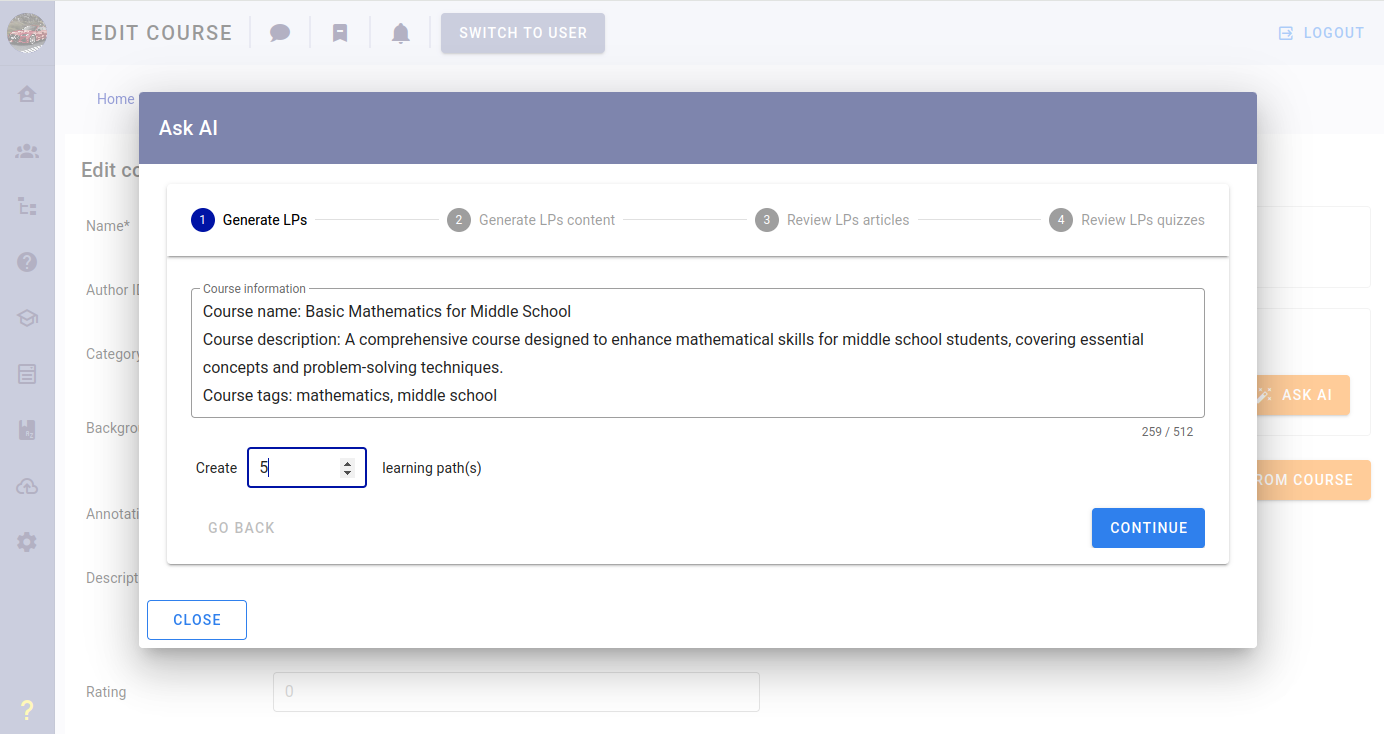
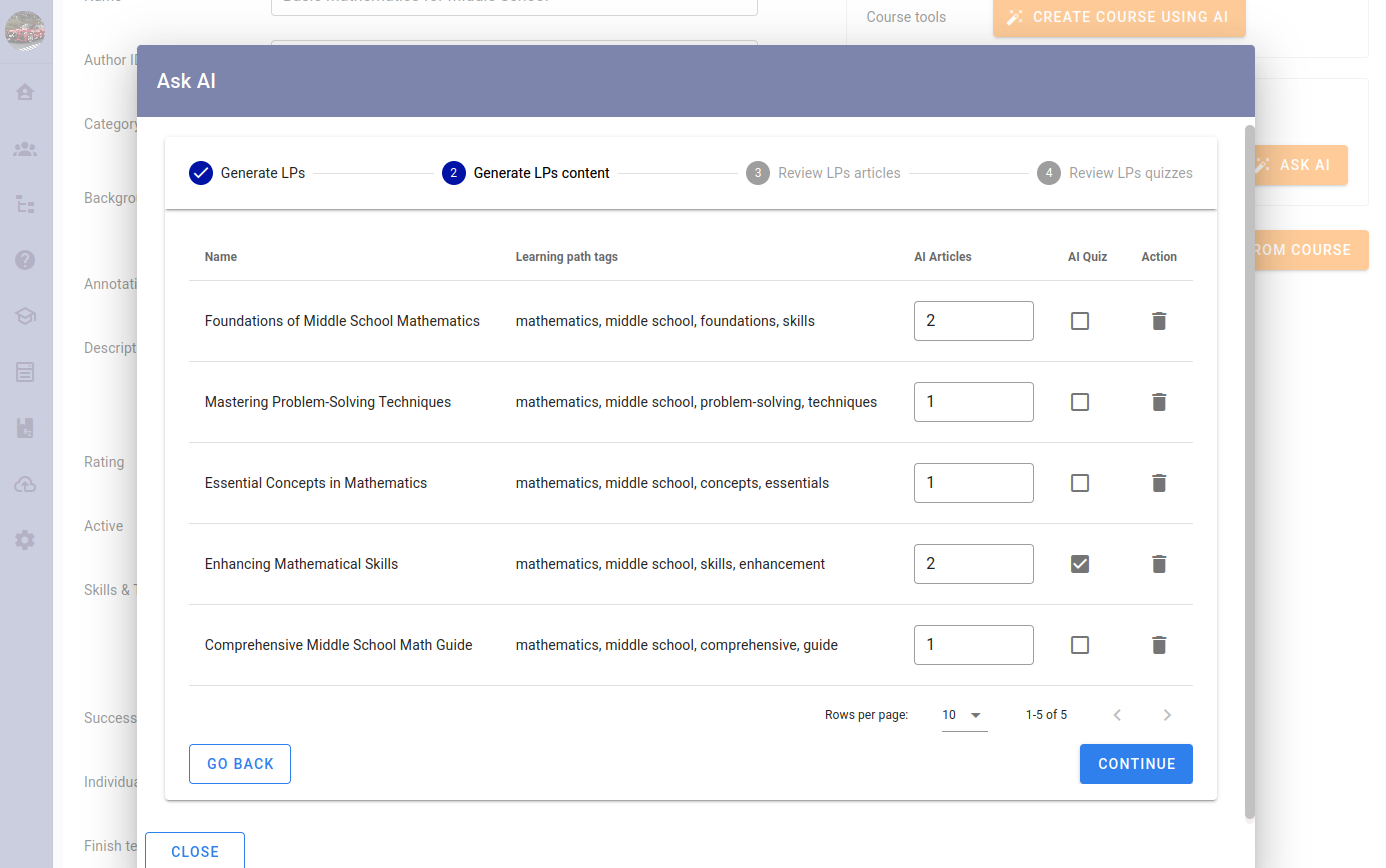
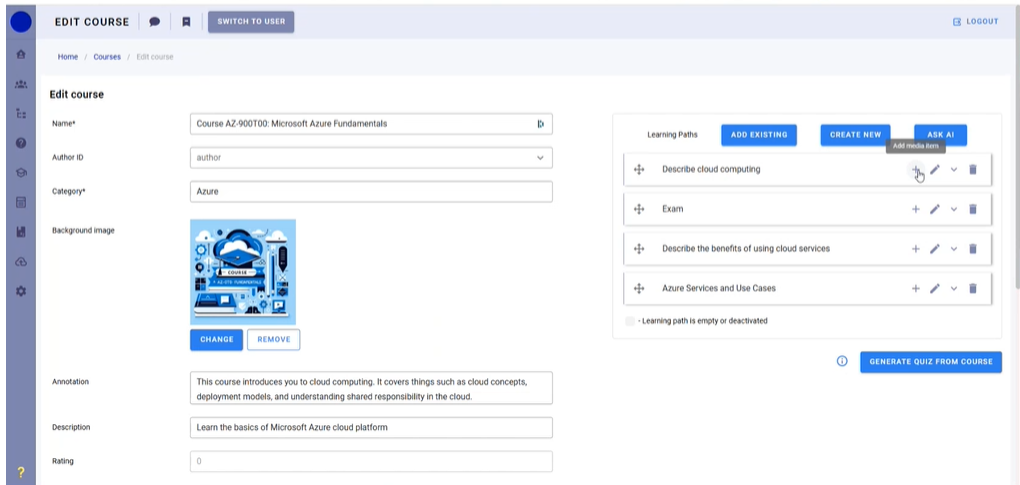

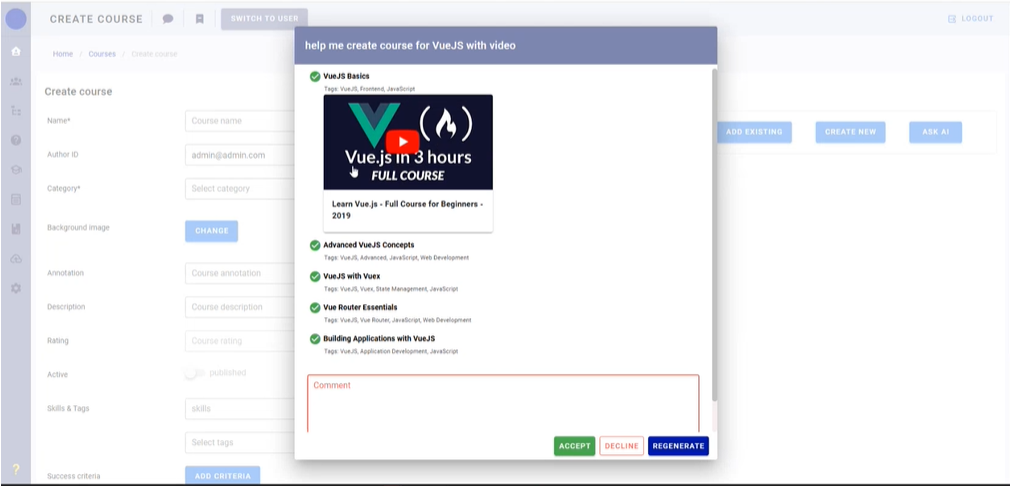


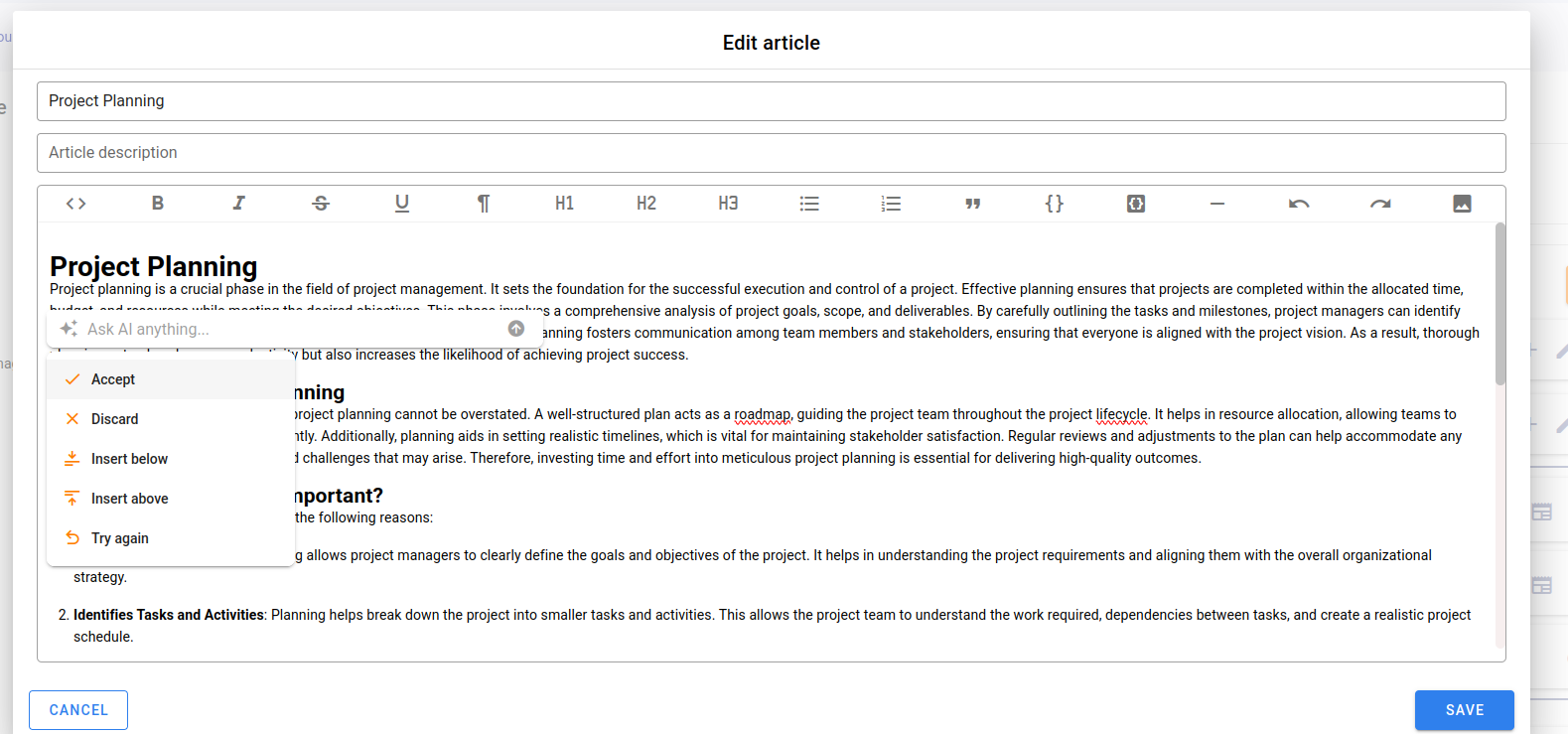
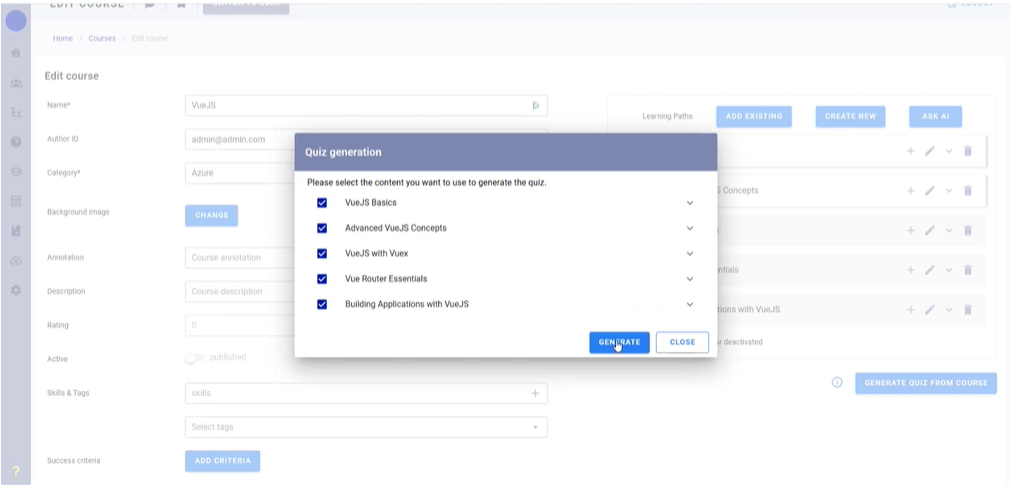
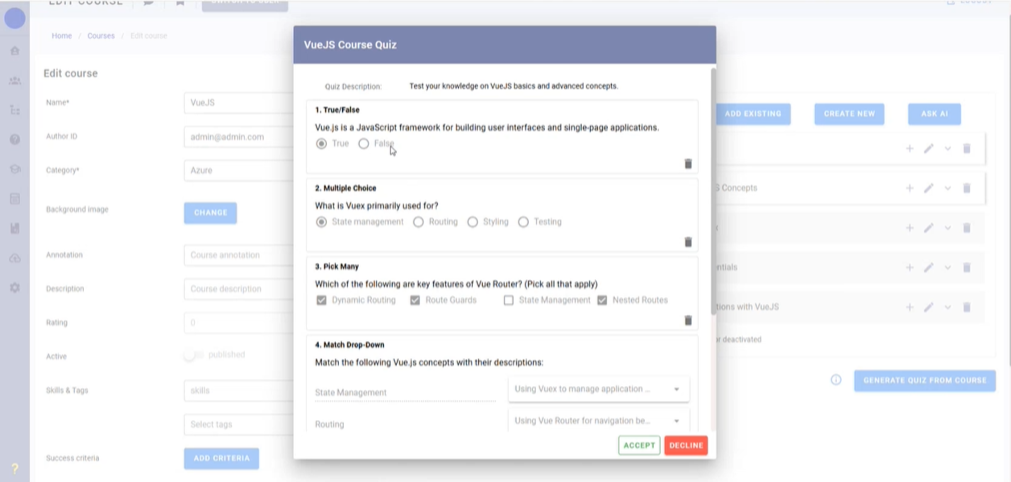
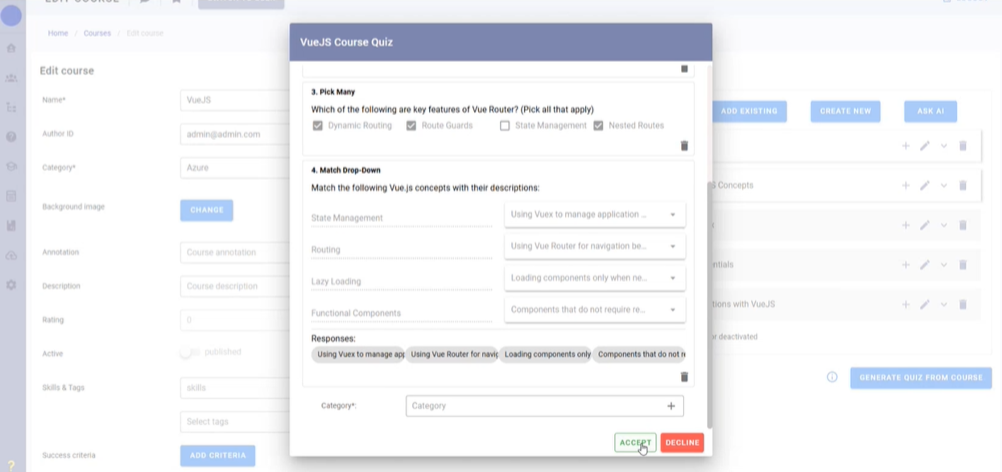
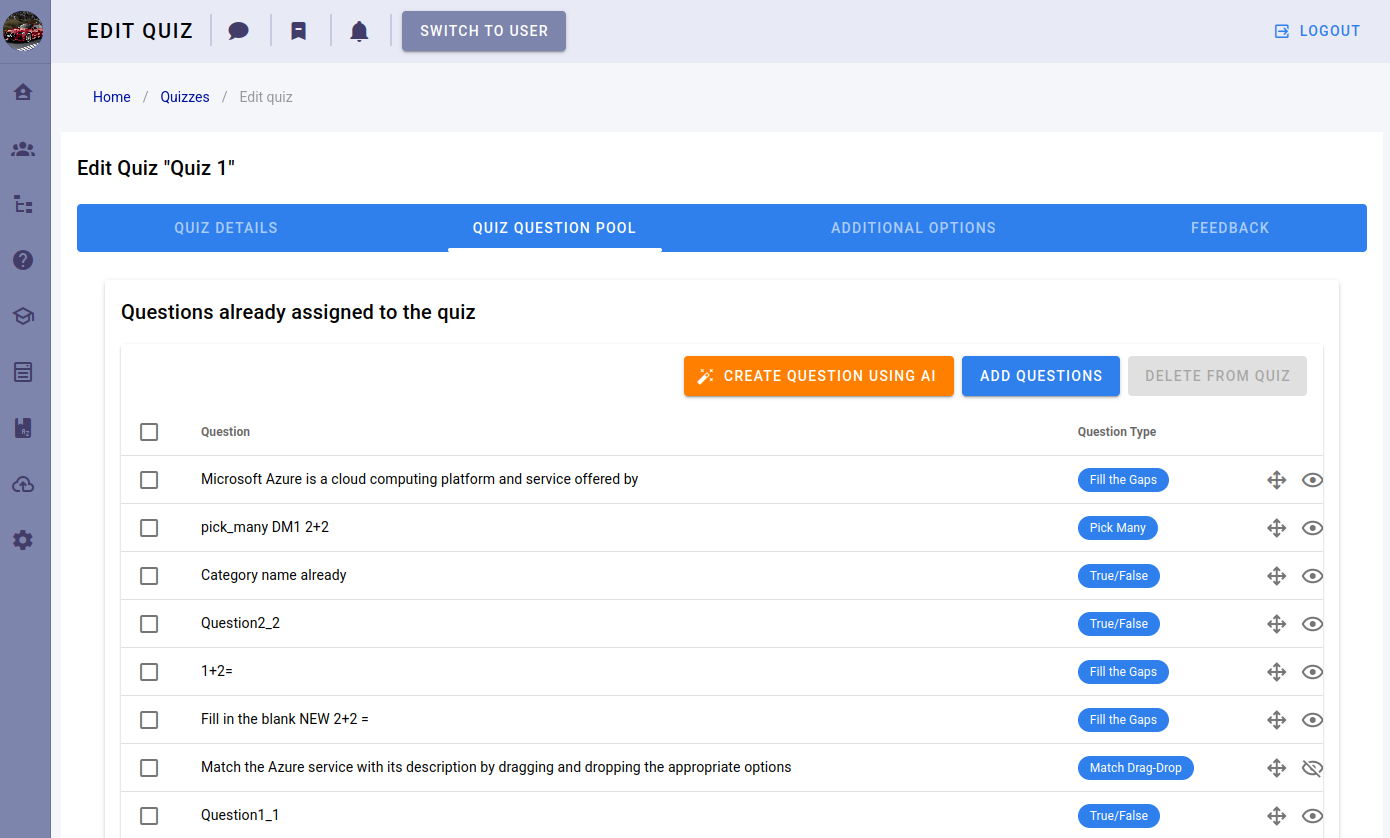
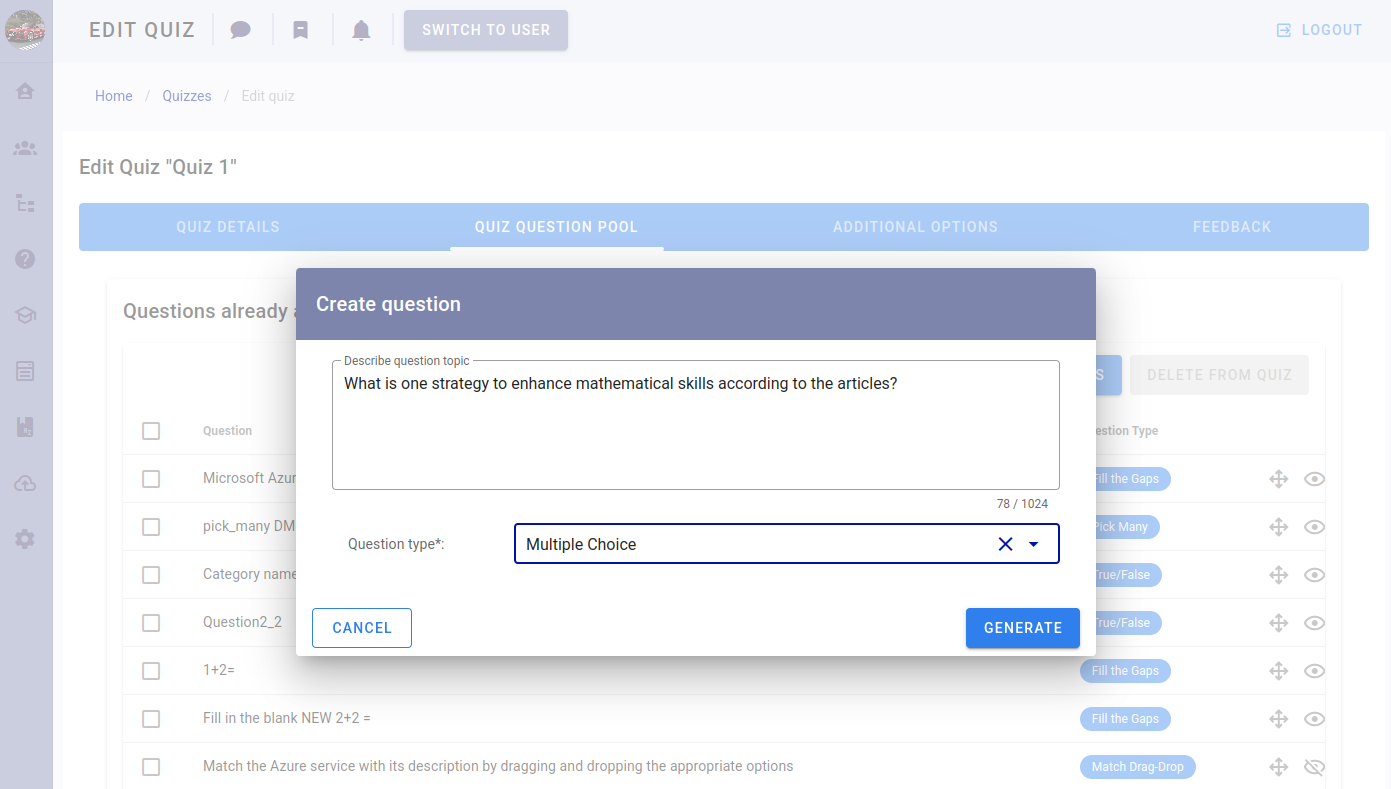
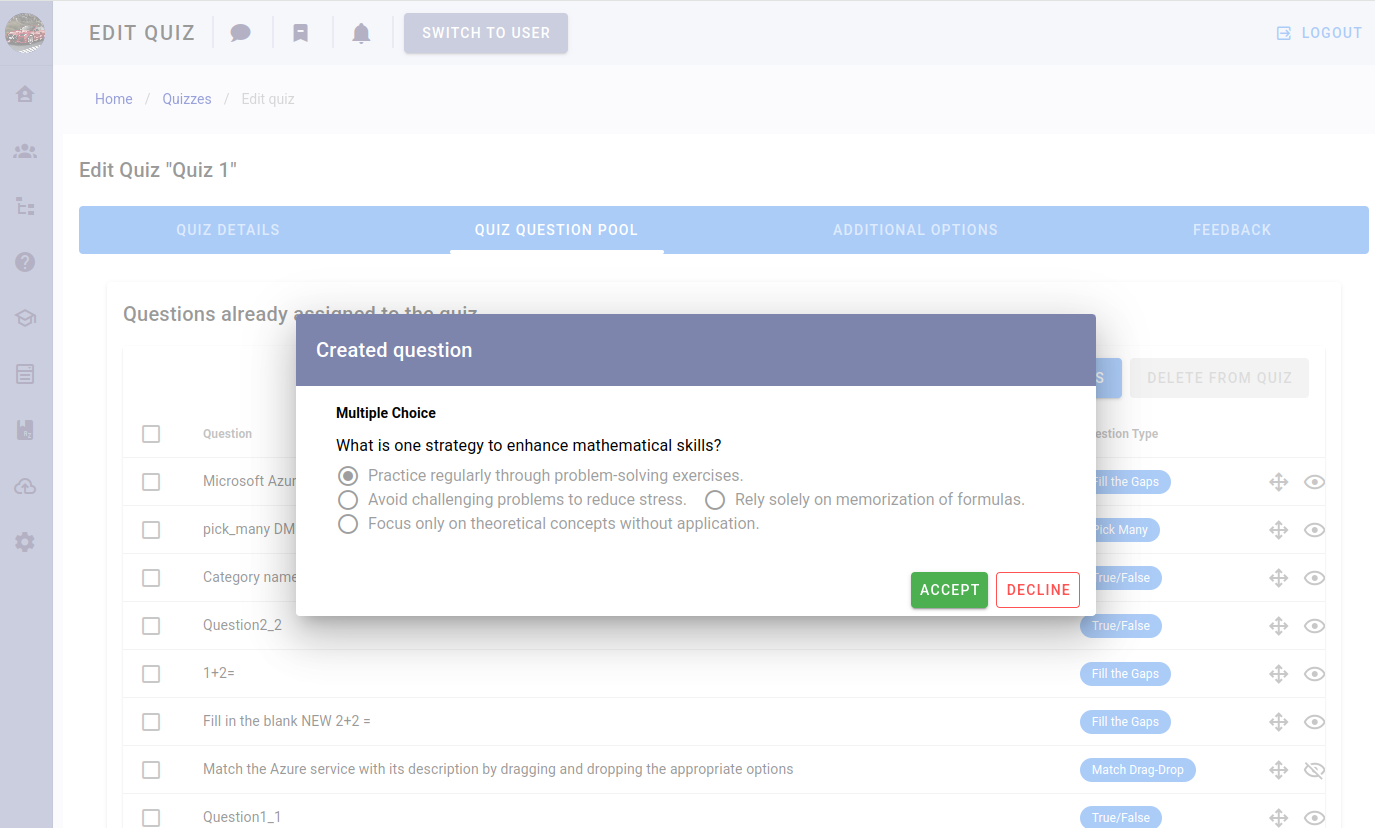
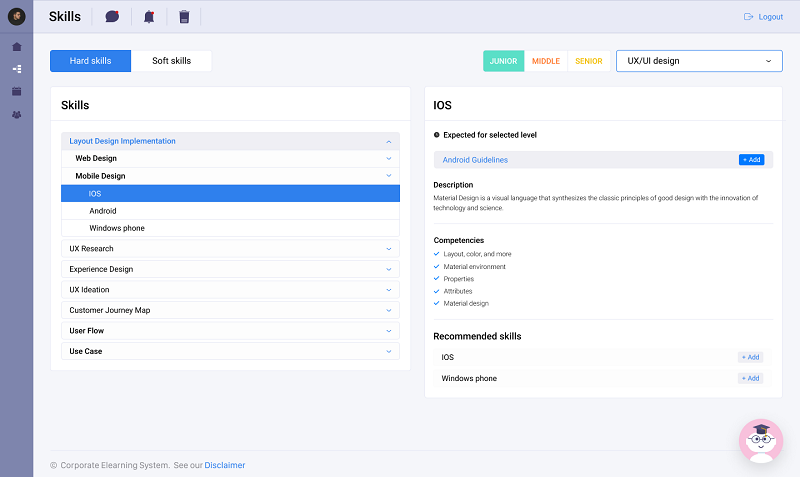

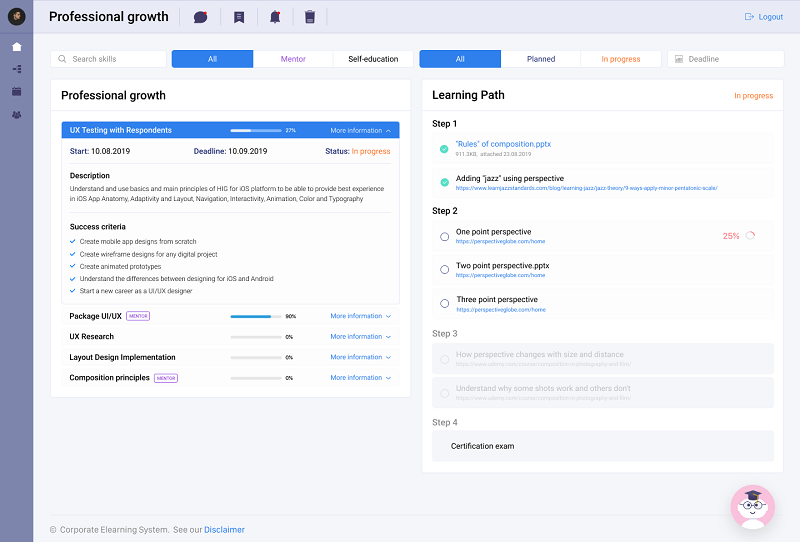
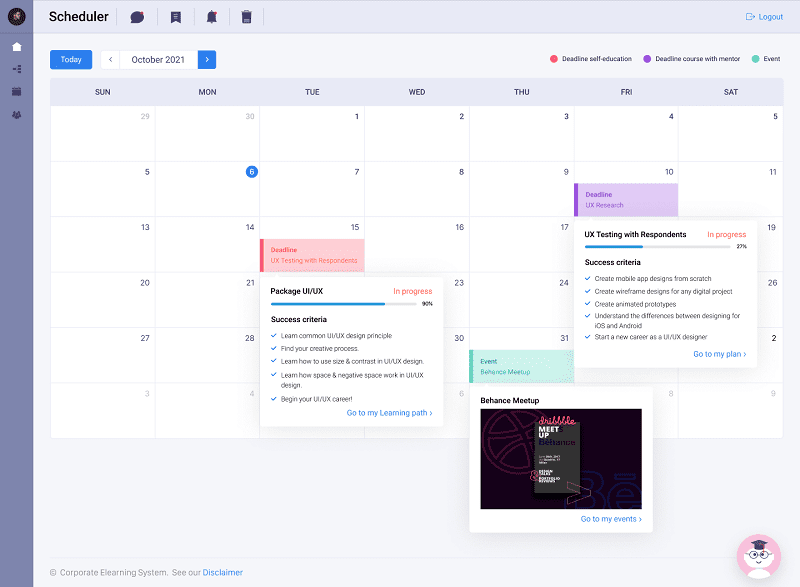


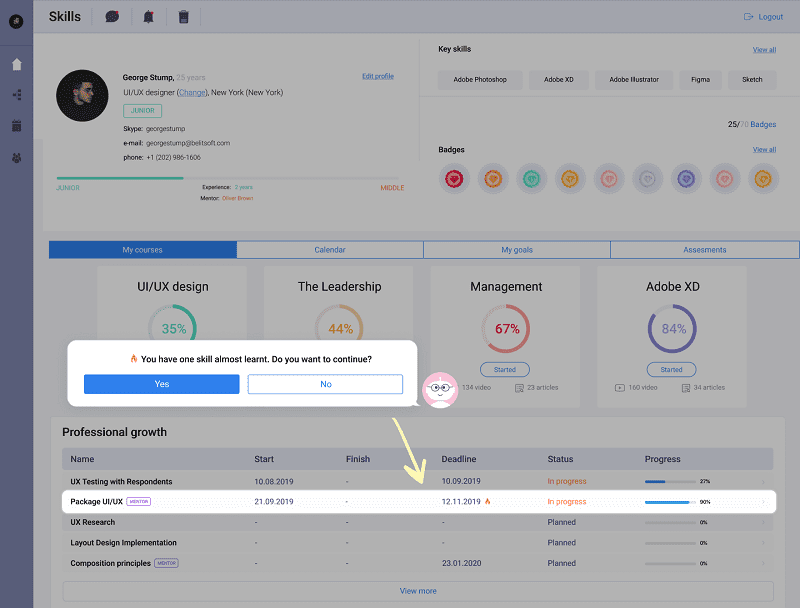

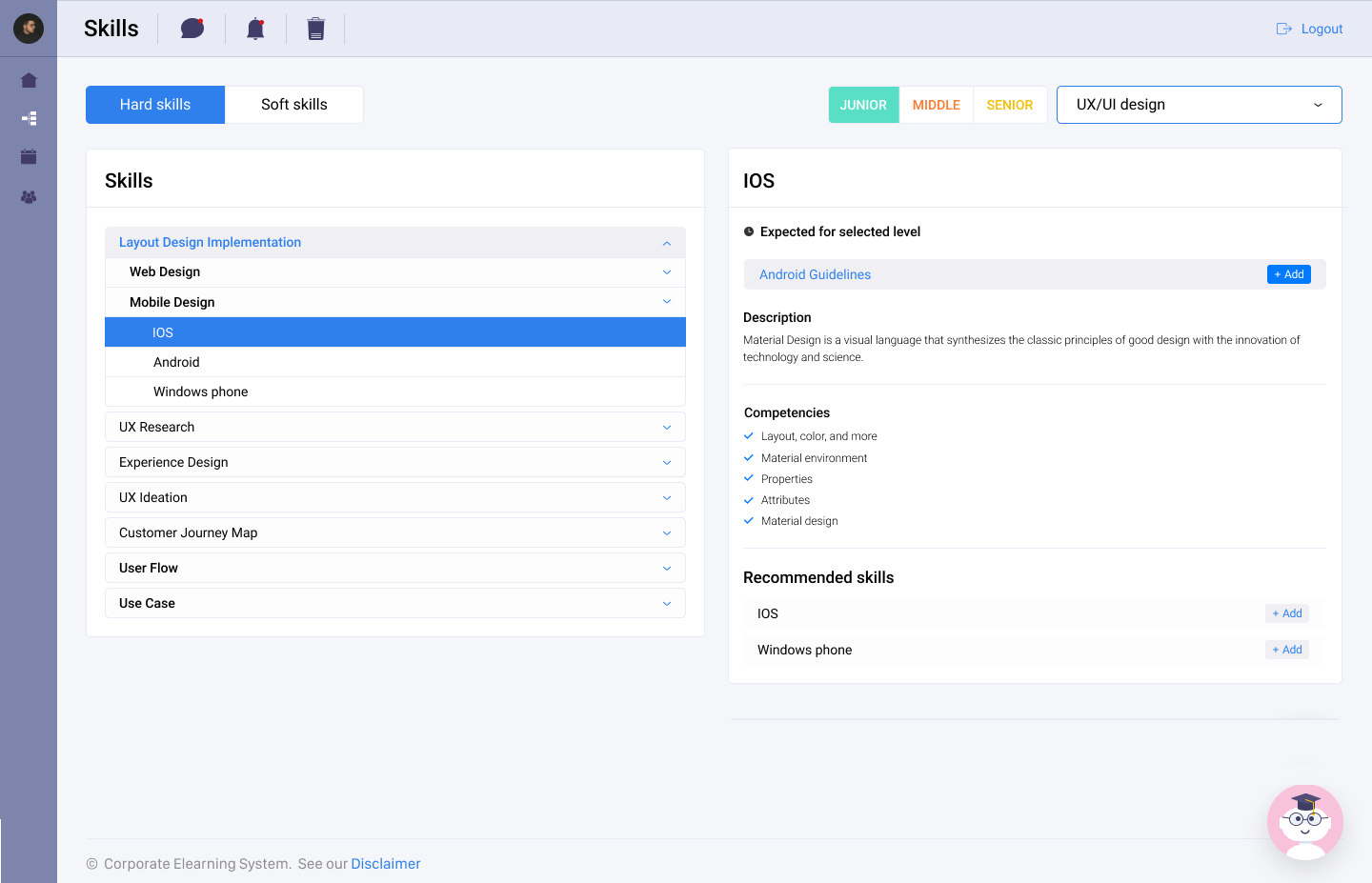
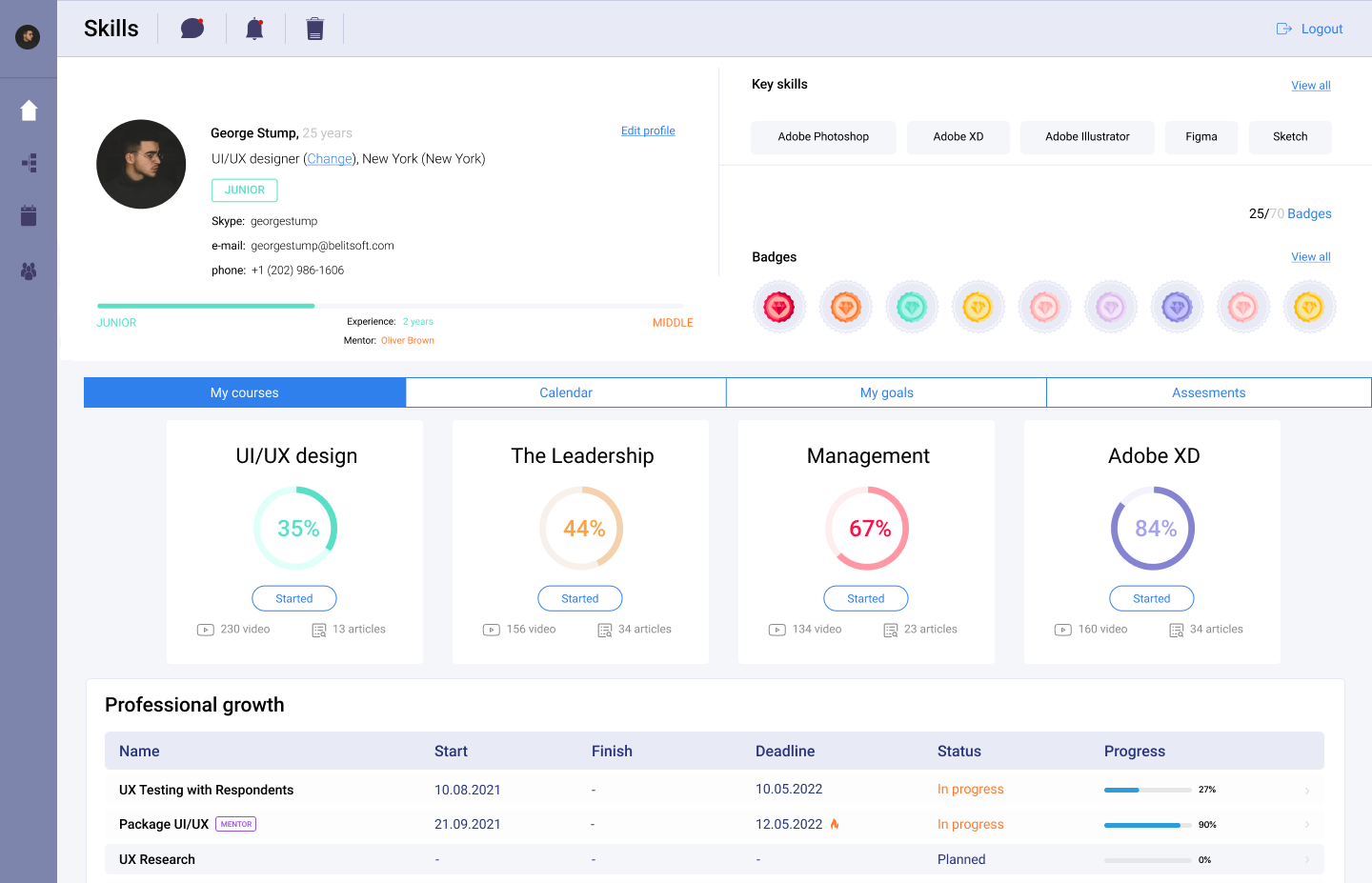
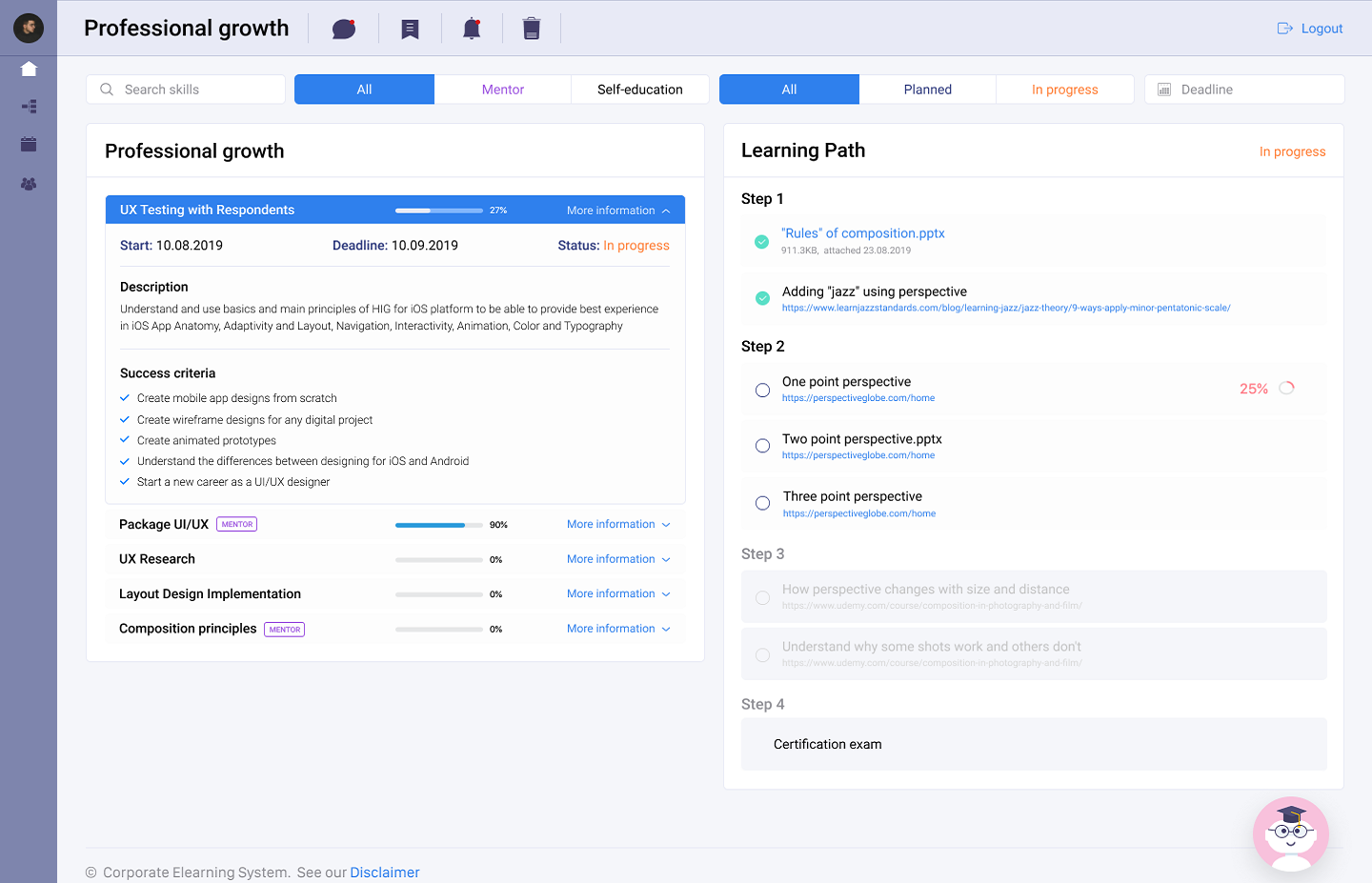
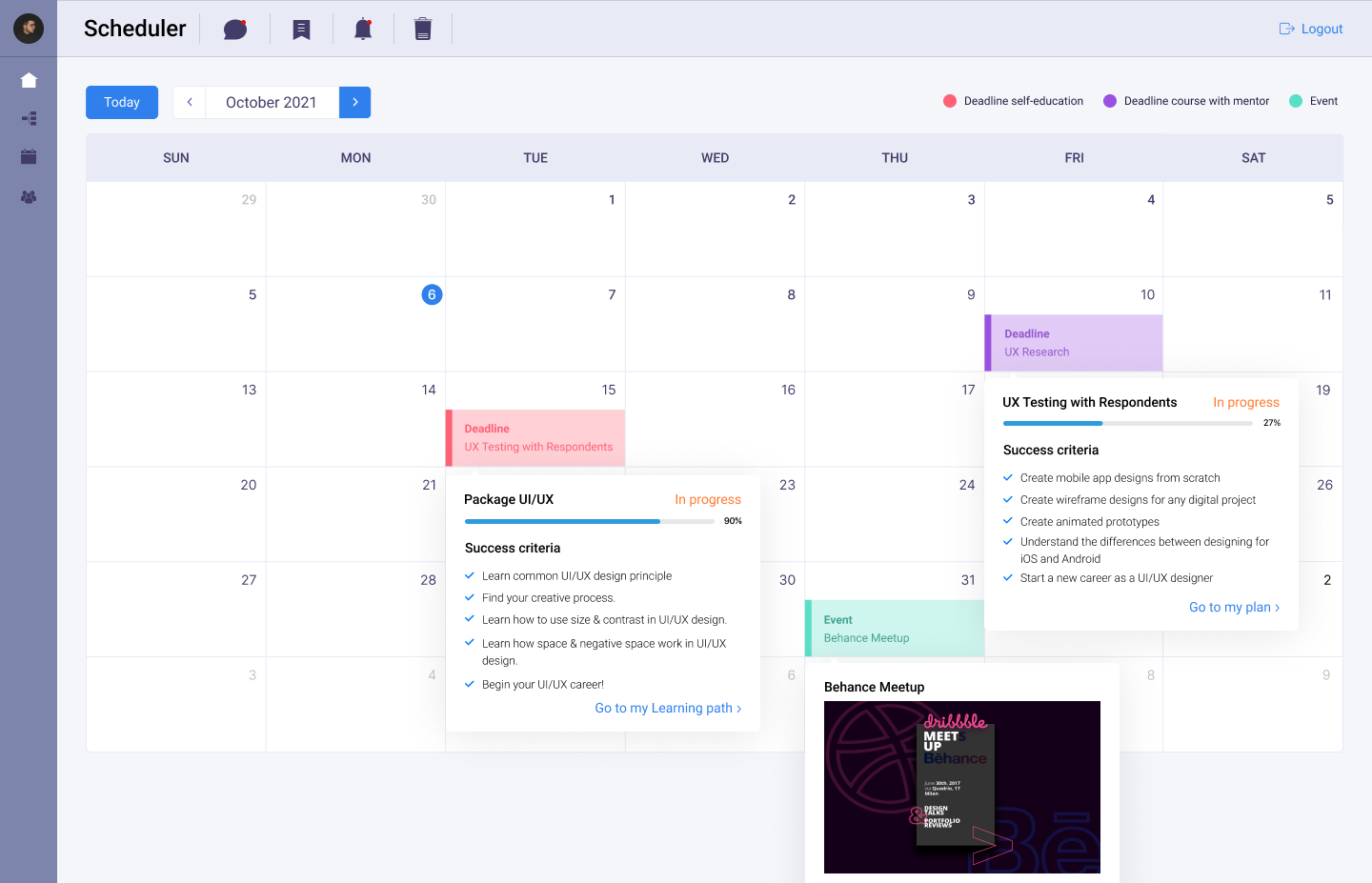
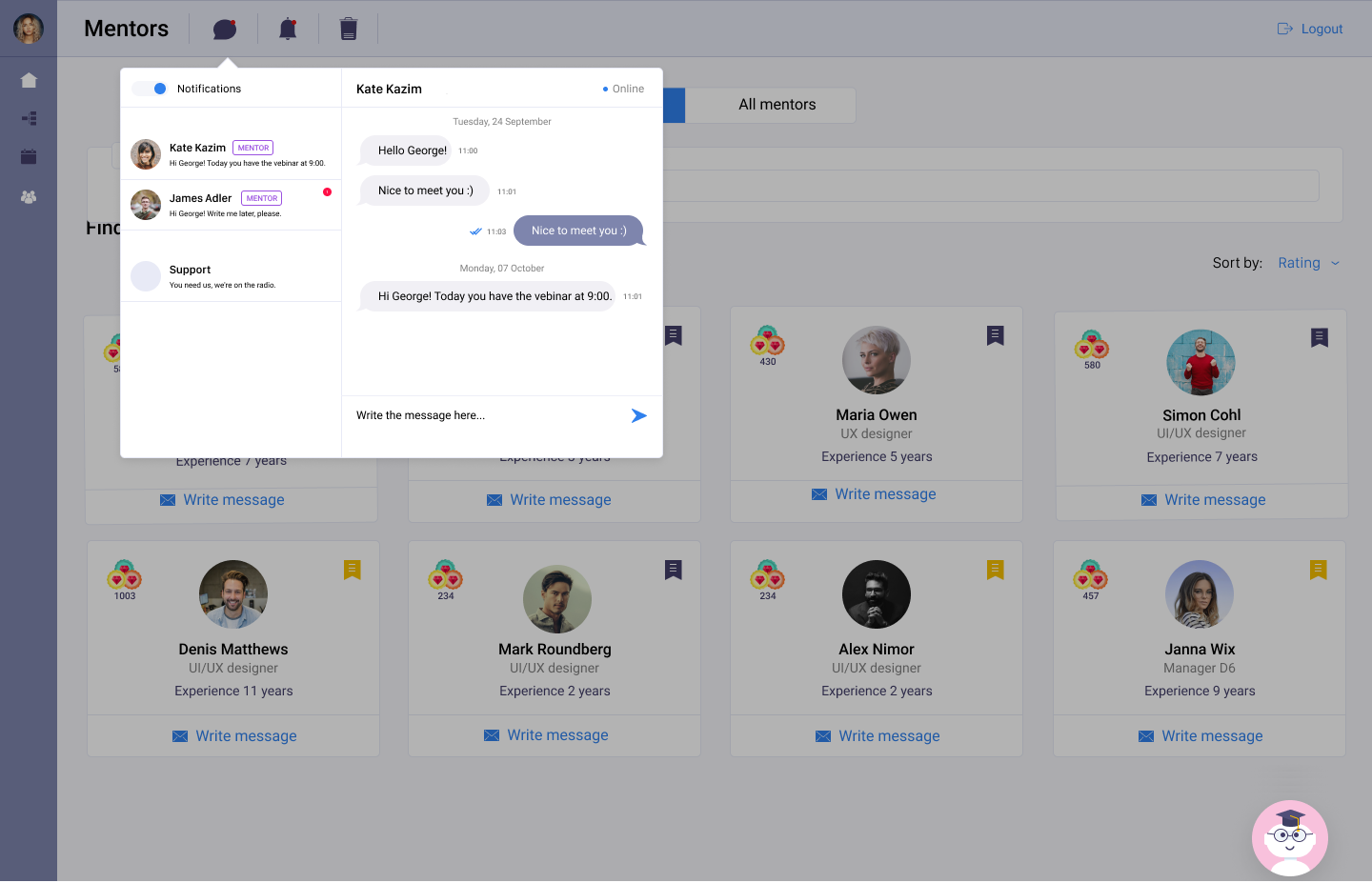
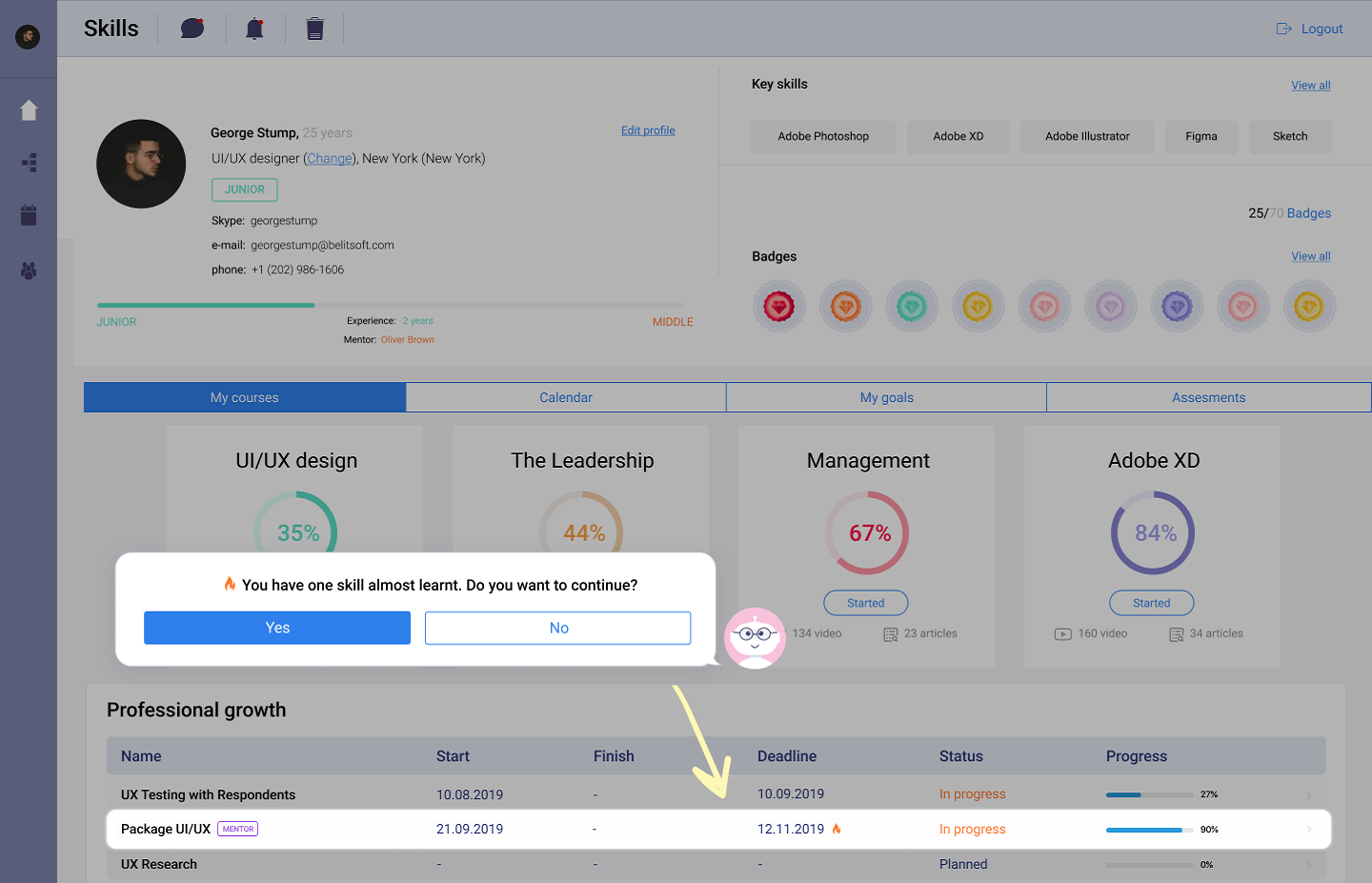

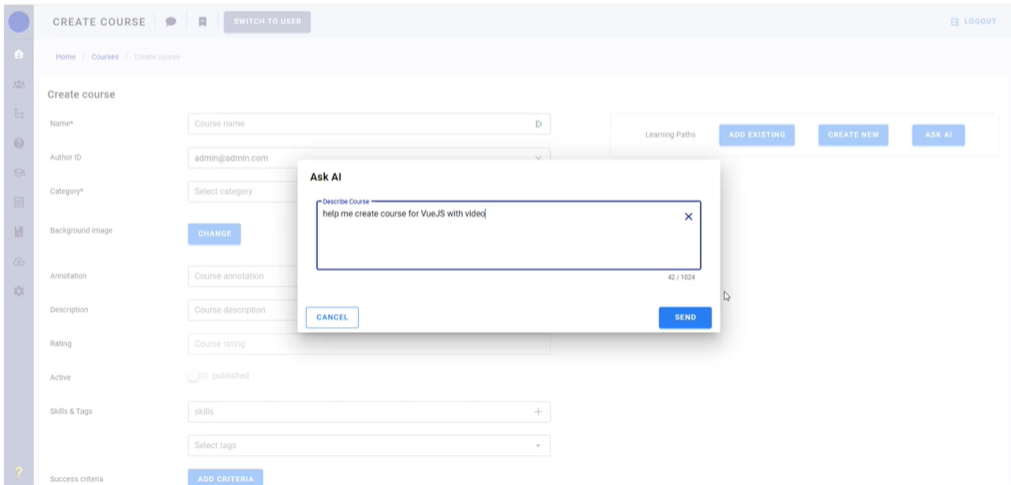





.jpg)
.jpg)
















We have been working for over 10 years and they have become our long-term technology partner. Any software development, programming, or design needs we have had, Belitsoft company has always been able to handle this for us.
Founder from ZensAI (Microsoft)/ formerly Elearningforce